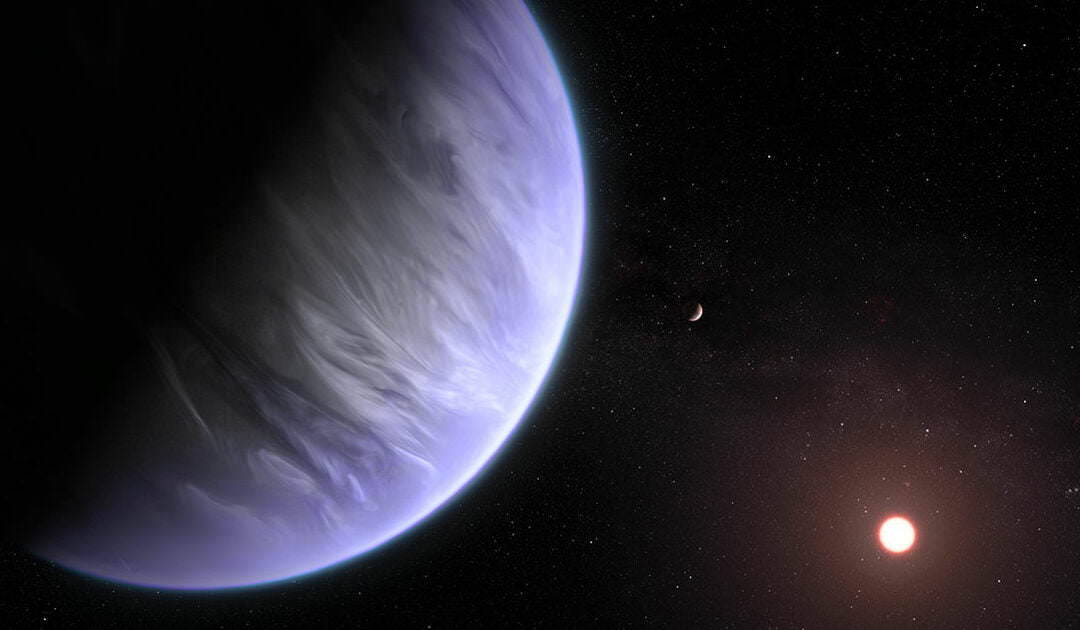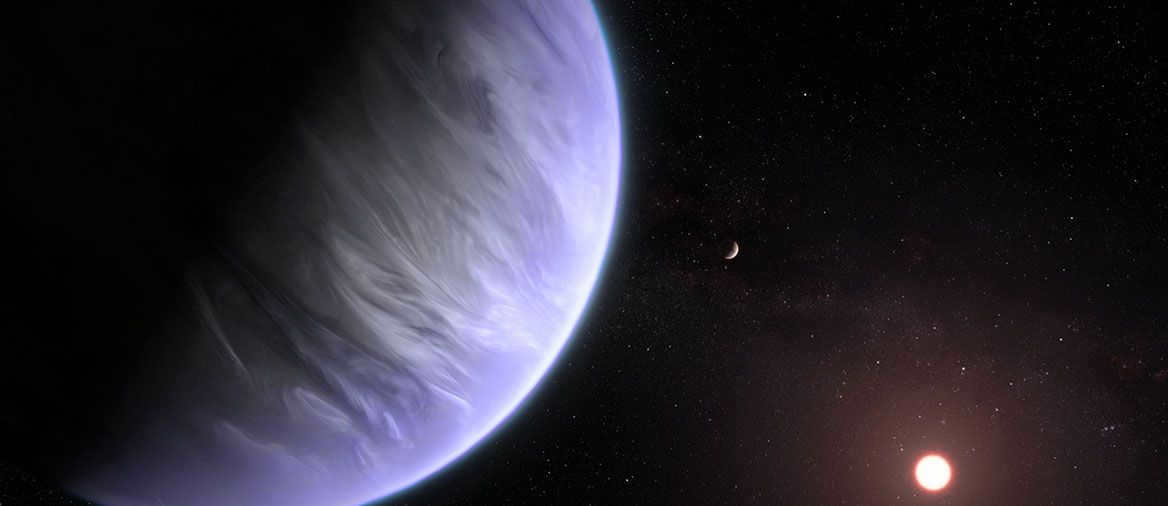
The cosmos is teeming with countless galaxies. It has been estimated that the observable universe is home to a staggering two trillion galaxies. Among this vast array, the Andromeda galaxy holds the distinction of being the nearest one to our own. It resides at a distance of roughly 2.5 million light-years from us.
Given its proximity, astronomers are continually engaged in the quest to uncover the mysteries of Andromeda. Are there any planets within its domain? If so, what are their characteristics? Could they potentially support life?
Are there any planets in the Andromeda Galaxy?
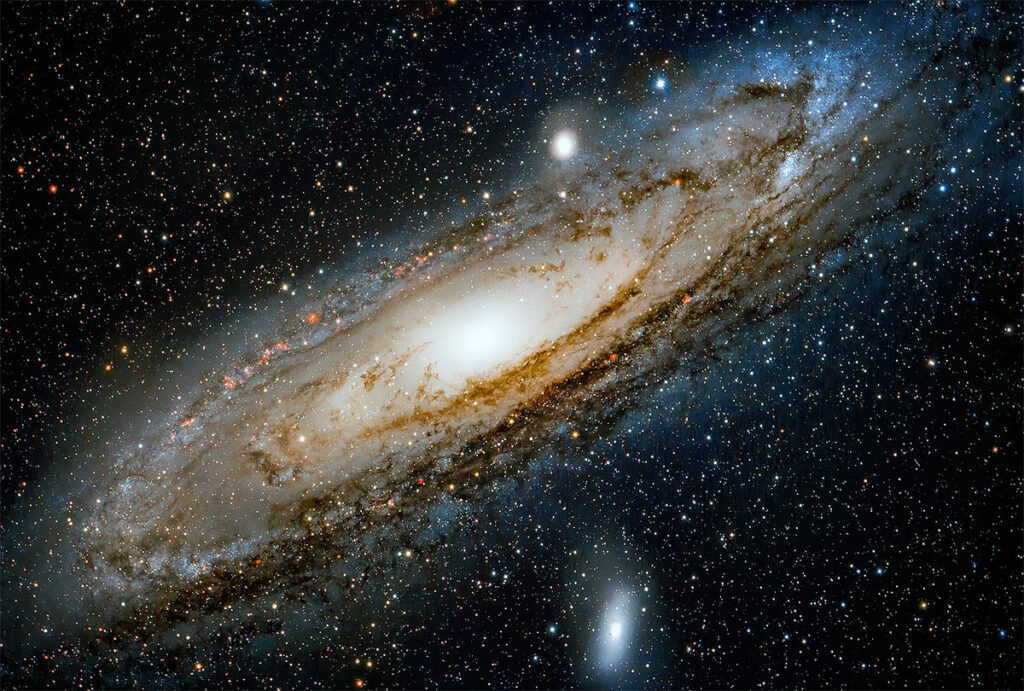
At the moment, there is only one extremely strong contender for a planet in the Andromeda Galaxy, known temporarily as PA-99-N2. It was initially discovered due to a microlensing incident in 1999. Scientists are currently in the process of verifying its existence, and if successful, it would mark the first official discovery of an extragalactic planet.
It is highly probable that the Andromeda Galaxy houses millions, if not billions, of planets orbiting its numerous stars. However, none of these have been definitively confirmed as of yet.
In 2010, numerous scientific journals announced the identification of a planet resembling Jupiter in the Andromeda Galaxy known as HIP 13044 b. However, upon further examination, the data appeared to be flawed, leading to the rejection of this potential planet.
Facts about Planets in the Andromeda Galaxy
The table below presents all the information currently available regarding PA-99-N2. Due to the vast distance, it is challenging to gather precise data, so please consider these estimates as a rough approximation rather than definitive facts.
PA-99-N2
| Constellation | Andromeda |
| Galaxy | Andromeda |
| Distance | 2,185,247 light-years |
| Mass | 6.34 Jupiter masses (2015.5 Earth masses) |
| Right ascension | 00 h 44 m 20.89 |
| Declination | +41° 28′ 44.6″ |
Is it possible for planets in the Andromeda Galaxy to support life?
To have the potential to support life or be habitable for humans, planets need to be located within the goldilocks zone, also known as the habitable zone, of their star system.
The goldilocks zone refers to the region around a star where a planet can have liquid water.
Due to the vast distance between Earth and the Andromeda galaxy, our knowledge about its stars and planets is limited, making it difficult to accurately determine the number of planets within the habitable zones.
However, statistically speaking, it is highly probable that some of the planets in the galaxy are situated within the goldilocks area around their stars. Hopefully, in the near future, we will develop advanced imaging techniques and powerful telescopes that can confirm these hypotheses.
Pictures of Planets in the Andromeda Galaxy

Advanced data processing algorithms are utilized to discover new planets in distant galaxies, by detecting even the smallest variations in areas as tiny as a single pixel. As a result, we lack actual photographs or videos that accurately depict the appearance of planets at such vast distances.
Given the limitations of our current optical technology, the most we can do is employ this data to anticipate a planet’s composition and utilize that information to form an informed estimation of its visual appearance, either through an artist’s rendering or a 3D representation.
Summary
- Due to its distance of over 2.5 million light years, gathering accurate data on the planets of the Andromeda Galaxy is a challenging task.
- There is a promising planet candidate that has been detected, but confirmation is still pending.
- Although specific planets in the galaxy have not been confirmed by astronomers, it is highly likely that there are millions or even billions of undiscovered planets in Andromeda.
Elena, a Canadian journalist and researcher, has spent years observing the night sky and hopes to share her passion for astronomy with more people.
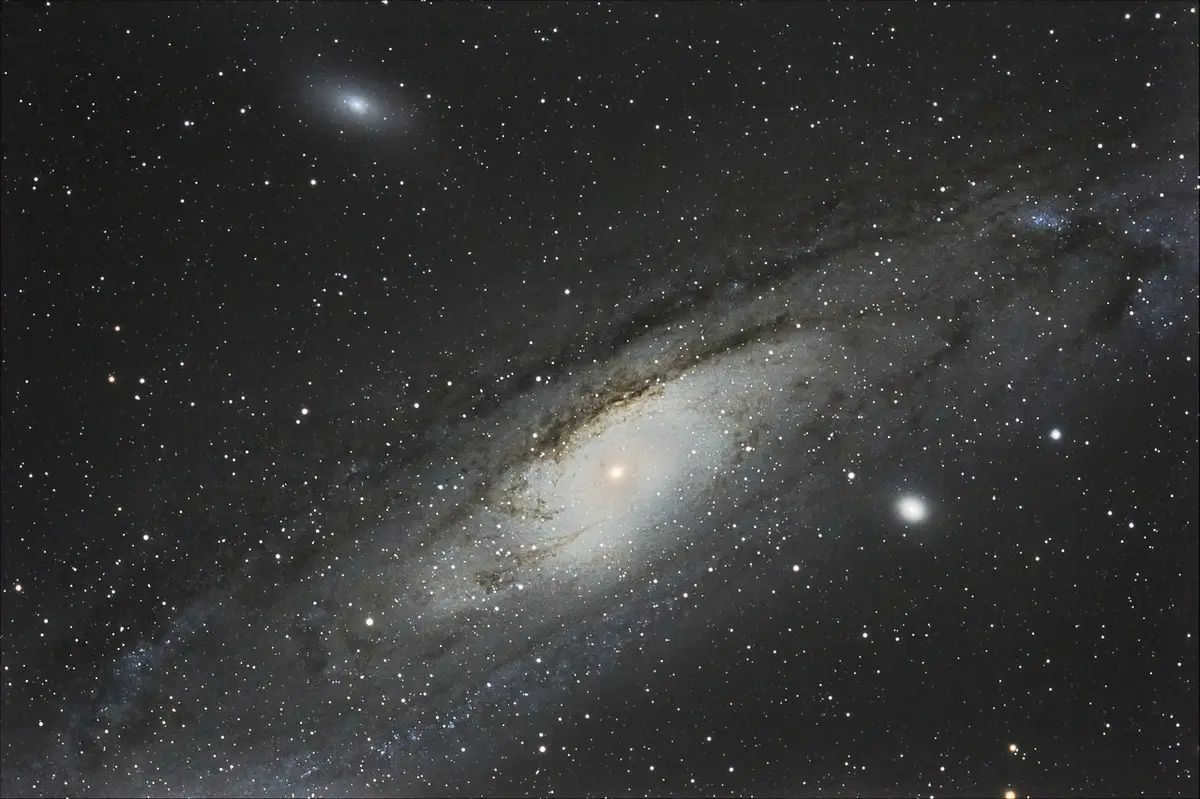
Finding planets beyond our solar system is actually a challenging task. This difficulty arises from the fact that planets do not emit light like stars do. These planets, which exist outside our solar system, are referred to as exoplanets.
The exoplanets that have been confirmed so far are located within the Milky Way, our very own galaxy. However, there has been some progress in terms of discovering exoplanets in the Andromeda galaxy. Here, you will learn all about it.
We are aware of the existence of a candidate for a planet in the Andromeda galaxy, currently designated as PA-99-N2. However, this is only a temporary name and further confirmation is needed to establish its planetary status. If astronomers are successful in their efforts, this discovery would mark the first instance of an extragalactic planet being identified.
PA-99-N2 was initially detected during an event in 1999. Although we are still unable to definitively confirm its planetary nature, it is highly likely that Andromeda is home to millions of planets. Given the vast number of stars within this galaxy, it is even conceivable that billions of planets may exist in its vicinity. However, until an official confirmation is obtained, these remain speculative possibilities.
What We Understand About Andromeda
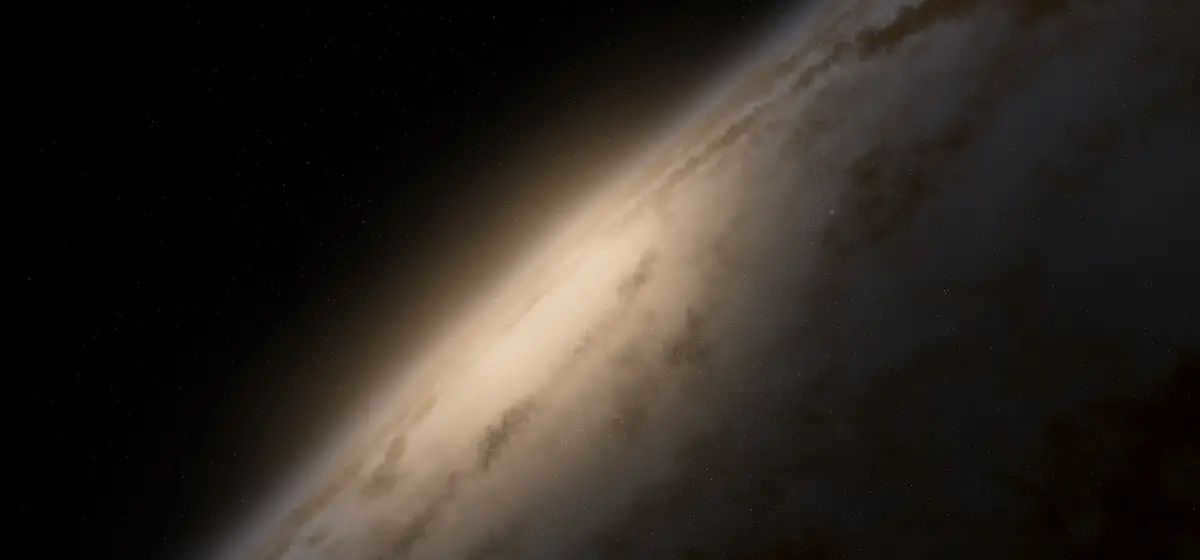
Andromeda is an elliptical galaxy located in the Local Group, which is a cluster of 52 galaxies bound together by gravity. The Local Group consists of Andromeda and our own galaxy, the Milky Way.
Andromeda is the largest galaxy in the Local Group, measuring twice the size of the Milky Way. Most of the galaxies in our Local Group are considered dwarf galaxies that orbit around the Milky Way, Andromeda, and Triangulum.
With two spiral arms and approximately a trillion stars, Andromeda also hosts 25 satellite dwarf galaxies. Although it is quite distant from our planet, it can still be observed with the naked eye on a clear night.
When there is no moon, this galaxy appears as a small smudge, and it takes approximately 2.5 million years for the light from this galaxy to reach us.
PA-99-N2
Located around 2,185,247 light-years away from our planet, this celestial body possesses a mass that is 2,015.5 times greater than that of Earth. Found within the constellation known as Andromeda, it is also commonly referred to as Messier 31 or M31.
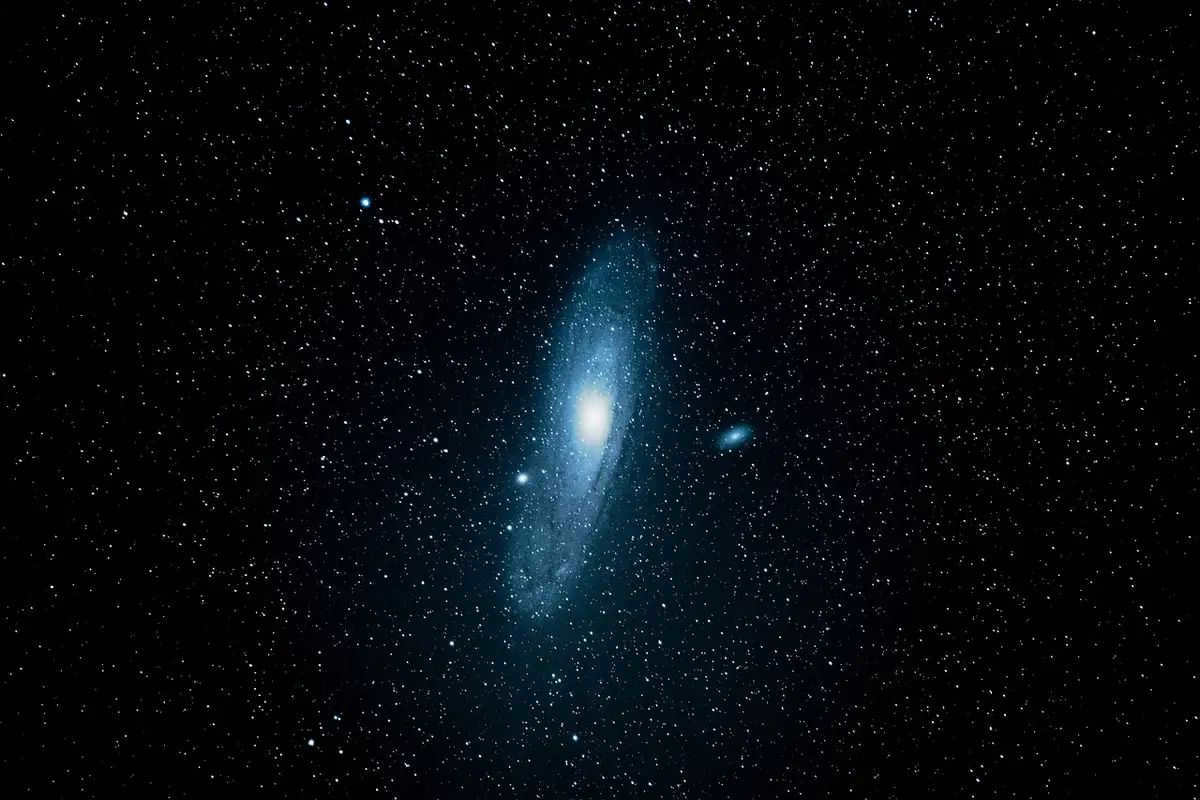
To be capable of sustaining life, a planet must exist within the Goldilocks zone. This region is defined as the area around a star where a planet can maintain liquid water, a crucial element for supporting life. This is the starting point for determining a planet’s habitability.
Due to its distance from Earth, we currently possess limited knowledge about the stars and planets in the Andromeda galaxy. As a result, we are uncertain whether this particular planet resides within the Goldilocks zone or if there are even habitable zones within this galaxy.
However, statistically speaking, there is a chance that there are planets within this galaxy that could potentially be in the Goldilocks zone and thus capable of supporting life. Experts assert that this probability (not just a possibility) is quite high!
At present, we must patiently await a response to this inquiry as we simultaneously strive to verify (or refute) the planetary status of PA-99-N2. Through the utilization of telescopes and imaging methodologies, we anticipate uncovering not only the truth behind this matter but also a wealth of additional knowledge in the near future.
Andromeda Galaxy: A Brief Historical Overview
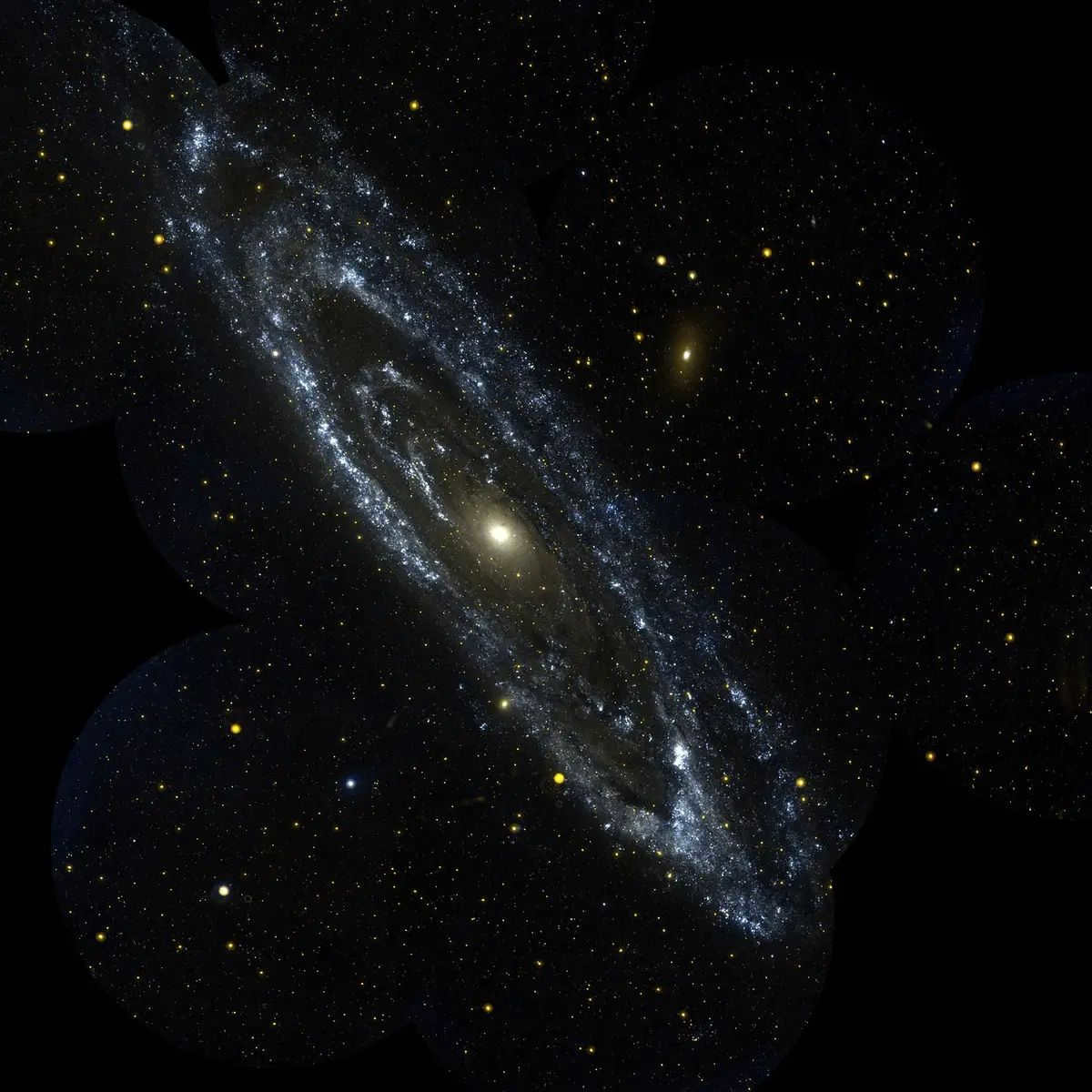

The Andromeda galaxy has captivated astronomers for centuries, dating back to the 10th century. However, our understanding of it was limited until the 1900s. Initially, it was believed to be a nebula within the confines of the Milky Way, as the extent of the universe was thought to be limited to our own galaxy.
However, as time went on, astronomers discovered the existence of other galaxies in the universe. In the 17th century, French mathematician Pierre Louis Maupertuis proposed the idea of other galaxies containing their own planets, stars, and celestial objects.
Later, German philosopher Immanuel Kant referenced this idea in his work “Universal Natural History and Theory of the Heavens”.
In 1855, the initial image of Andromeda was witnessed. Due to its lack of clarity, it was initially believed to be a nebula. However, in 1917, astronomer Heber Doust Curtis observed a supernova within this galaxy and decided to conduct further investigation.
By utilizing Maupertuis’s theory of an island universe, Curtis deduced that this particular galaxy was situated approximately 500,000 light years away from our planet. Additionally, he discovered that other novae (the plural of nova) appeared to be ten times dimmer than this one. Consequently, he reintroduced the concept of extragalactic objects existing beyond the Milky Way.
Although this notion was not widely accepted at the time, it sparked what is now known as the Great Debate. The name may not have been as innovative as the idea itself, but by 1923, there was evidence supporting the fact that Andromeda was not a nebula.
Ultimately, the calculations unveiled that the concept of island universes was unfounded. Furthermore, the celestial body we had been observing was indeed an undiscovered galaxy.
Commonly Asked Questions
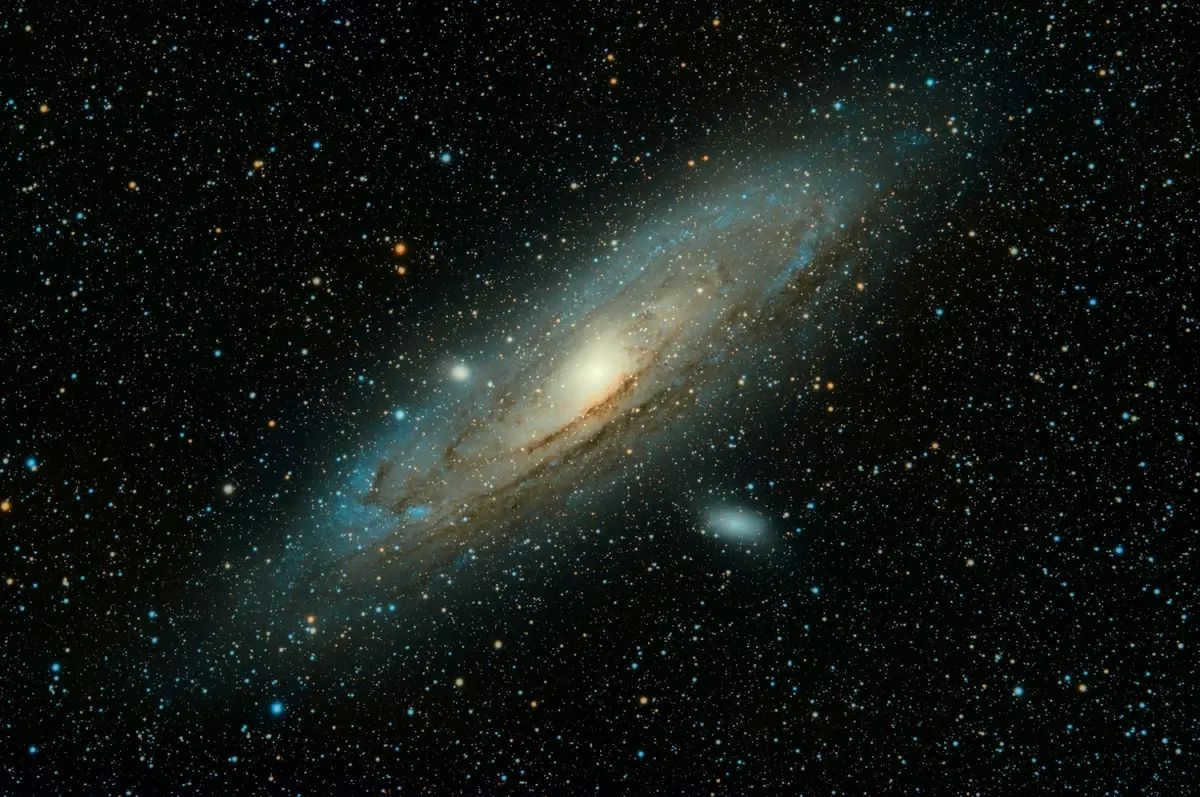
Q: Is the Planet in Andromeda Similar to Earth?
A: We detected the first exoplanet, known as HIP 13044 b, in 2009. Our knowledge about this planet is limited, making it difficult to determine if it bears any resemblance to Earth. As for PA-99-N2, we haven’t even confirmed its planetary status.
Therefore, it will take some time to provide an answer to this question. However, we cannot dismiss the possibility.
Q: What is the number of solar systems in the Andromeda galaxy?
Q: Does the Andromeda galaxy support any forms of life?
A: The existence of life outside of our planet, in the Milky Way galaxy (where Earth is located), is uncertain. It is difficult to determine if there is any life in other galaxies.
Conclusion & Summary
We are on the verge of verifying the existence of a single planet in the Andromeda galaxy. Although it has not been officially confirmed, the temporary designation for this celestial body is PA-99-N2. Furthermore, it is speculated that Andromeda may be home to millions of other planets. However, due to its vast distance from Earth, our knowledge is limited, hindering the process of confirming these speculations.
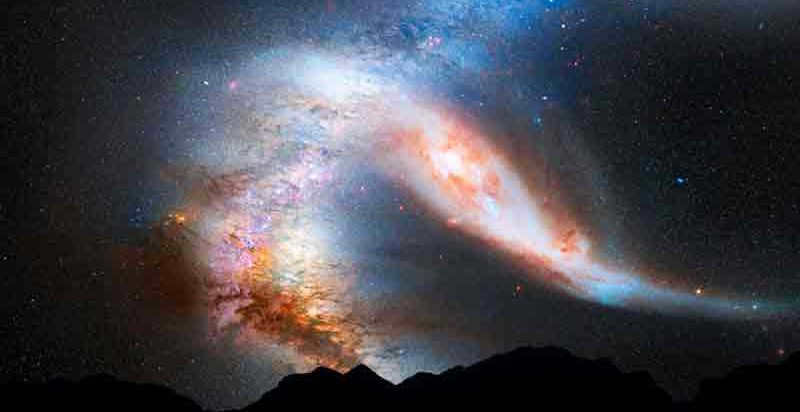
The Andromeda galaxy, our closest neighbor to the Milky Way, was first observed by astronomers over a millennium ago. References to this star cluster, which was later named after the heroine of Greek mythology, can be found in Arabic sources from the 10th century. On a clear night, individuals with good eyesight can spot Andromeda in the Andromeda constellation. Its visibility is enhanced not only by its proximity to our galaxy, but also by its size – astronomers estimate that it is 2-2.5 times larger than the Milky Way.
Although traveling to the Andromeda Galaxy is currently impossible, humanity has still managed to gather a significant amount of information about it. Below, you’ll find some of the most fascinating and captivating facts.
Multiple globular clusters: a sign of great age
Each globular cluster consists of several million stars, typically very ancient. These stars are held together by the force of gravity. While they are not physically bound into a single, brilliantly shining entity, their interactions are strong enough to prevent significant changes in the distances between them.
Globular clusters serve as a valuable indicator. By studying them, astronomers can accurately pinpoint the location of the galactic center, and the cluster’s composition provides insights into the age of the universe.
Based on initial calculations, several specialists have suggested that the Andromeda galaxy could house anywhere from seven hundred to 2.8 thousand of these clusters, although only 450 have been discovered thus far. This figure is sufficient to conclude that the Andromeda galaxy is definitely not considered a young galaxy in comparison to other cosmic standards.
The Andromeda galaxy: A haven for black holes
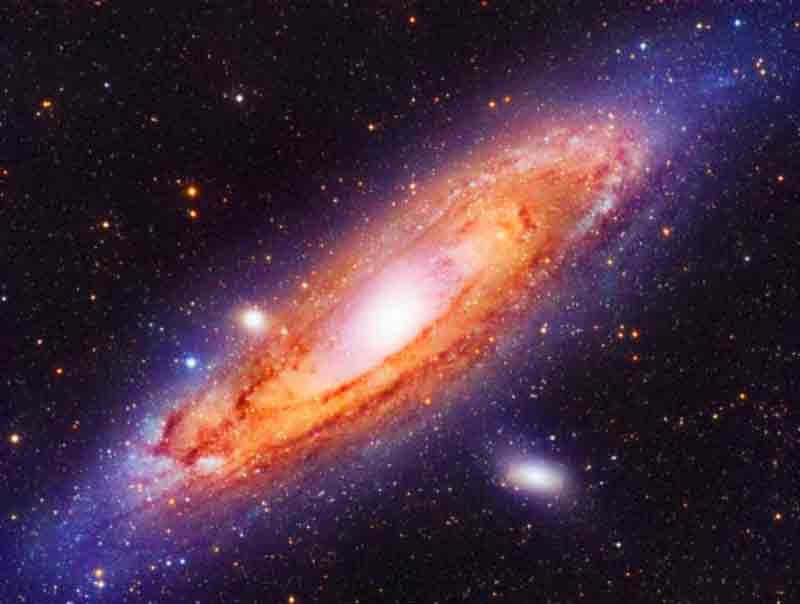
Currently, astronomers have identified 37 black holes in the Andromeda galaxy. Given that new black holes are discovered in this galaxy every 3-5 years, it is reasonable to assume that the current count of 37 is not final. In the future, scientists are likely to find many more black holes, possibly even exceeding the current count.
In the year 2017, a remarkable finding was made by scientists that captivated the global scientific community. Remarkably, two black holes were successfully detected in the Andromeda galaxy, on the verge of merging and forming a supermassive black hole. The anticipated collision, although not imminent, is estimated to occur in approximately 300-350 years, which, in cosmic terms, is comparable to mere seconds.
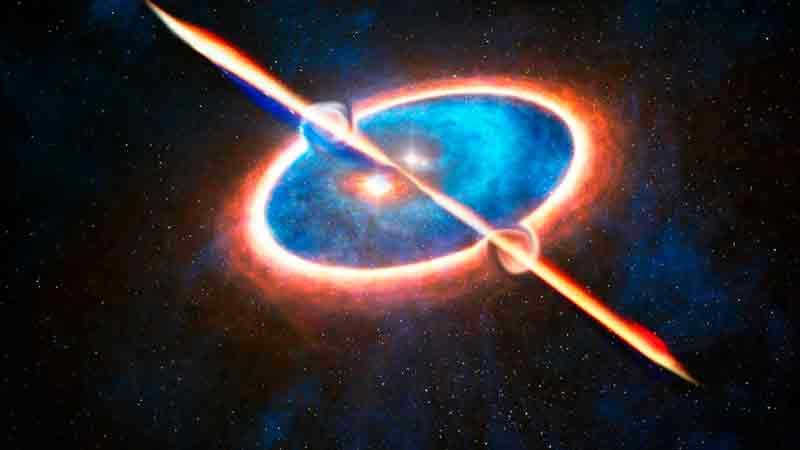
Scientists have made the determination that the Milky Way galaxy is destined to collide with the Andromeda galaxy. Currently, these star clusters are rapidly approaching each other at a remarkable speed from a human perspective – 400,000 kilometers per hour. At this velocity, one could complete a full orbit around the Earth in just six minutes.
Based on the calculations of astronomers, it appears inevitable that an intergalactic “traffic accident” will occur. However, there is no need to panic and prepare for the “end of the world” just yet. It’s important to consider that in space, not only are the speeds immense, but so are the distances. Andromeda will require nearly 4 billion years to reach the Milky Way.
Furthermore, the collision of galaxies is distinct from the collision of cars. Assuming life still exists on Earth during this event, it is probable that an intergalactic merger would not pose a threat to it. The vast distances separating the celestial bodies within each galaxy are sufficient for star clusters to traverse one another.
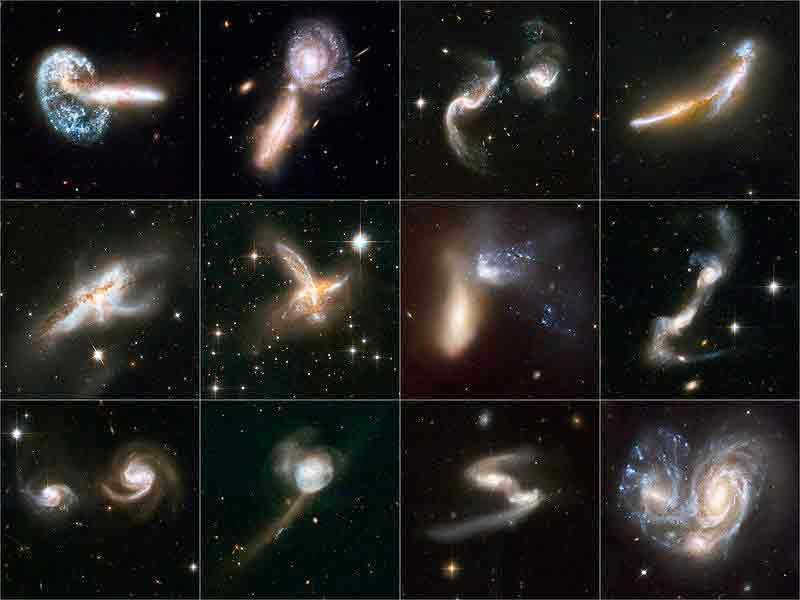
In the central region of the galaxies, where the primary clusters of black holes are situated, the most fascinating event will occur. These black holes will be mutually attracted to one another and eventually merge to form a colossal black hole of extraordinary magnitude. At that point, the Milky Way and Andromeda will no longer exist as separate entities. Instead, they will combine to form a singular elliptical galaxy.
If the Earth’s inhabitants (assuming the Sun hasn’t consumed our planet by then and it remains habitable) will have the opportunity to witness vibrant and breathtaking night skies adorned with numerous new stars and a spherical light source in place of the faint band of the Milky Way.
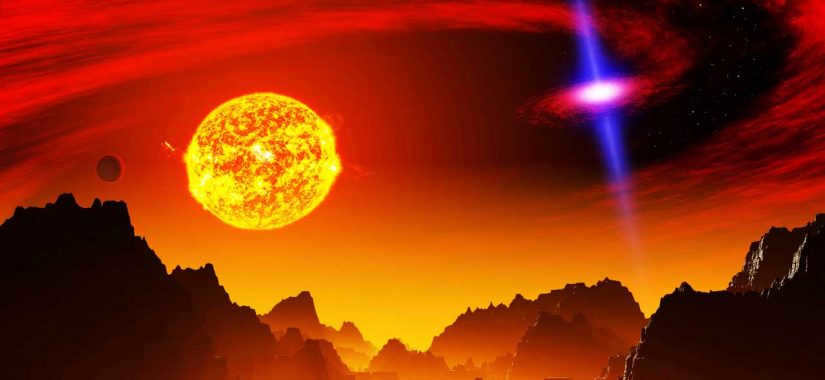
When it comes to the vastness of the cosmos, our civilization is incredibly minute and inconsequential. The possibility of our disappearance, whether it occurs tomorrow, in a thousand years, or even a million years from now, is highly unlikely to be noticed by any intelligent beings. Some might argue that humanity is currently engaged in a monumental endeavor that could potentially bring about its own downfall. This prospect is quite plausible[…].
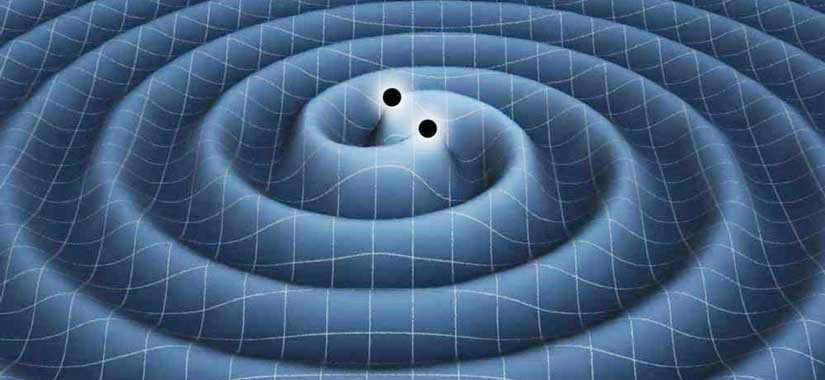
On September 14, 2015, the ground-based observatory LIGO made a groundbreaking discovery that confirmed the theory of relativity and the existence of a previously unknown phenomenon. This discovery unveiled a new method of exploring the vast expanse of the Universe, enabling the detection of minuscule fluctuations reminiscent of ripples on a serene lake. The theory of relativity had long posited the presence of these fluctuations, and now, thanks to LIGO, they have been observed for the first time.
SPACEPHOTOS.ru
Welcome to SPACEPHOTOS.ru, the ultimate destination for all things related to Space, the Universe, and Astronomy. Here, you will find a wealth of fascinating information about space, planets, asteroids, meteorites, stars, as well as the enigmatic mysteries of space and earth anomalies, UFOs, and black holes. In addition to that, we also delve into the history of space exploration and bring you the latest science news. We value your input and encourage you to help us improve by reaching out to us through our “Contact Us” page. Let us know what topics you would like to read more about and what information you feel is missing. Don’t forget to leave your comments and share our content on social networks. Thank you for your support!
New updates
Categories
- Astrophotography
- Without lubrication
- Opinions from readers
- Fascinating facts
- Unidentified flying objects
- Latest space news
- Exploring the universe
- Helpful information
- Diverse topics
- Our solar system
- Enigmas of the cosmos
- Movies about space
Advertisements
Text:
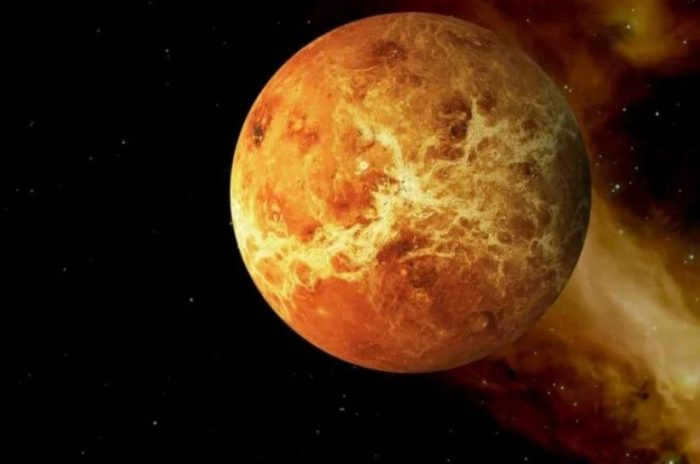

Spaceman No comments on December 21, 2020
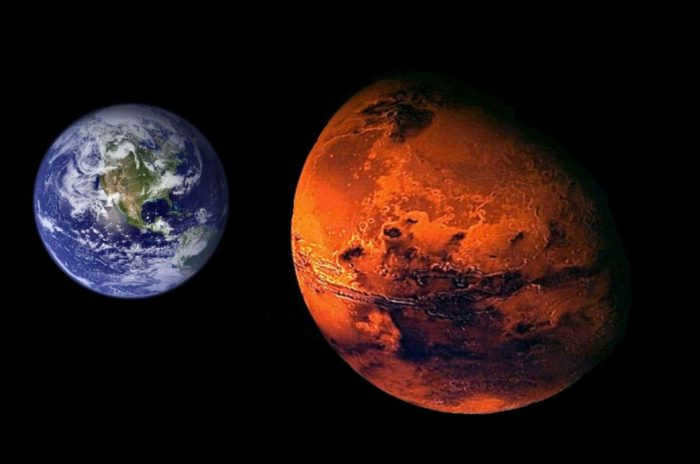

July 26, 2020 – Astronauts have no comments
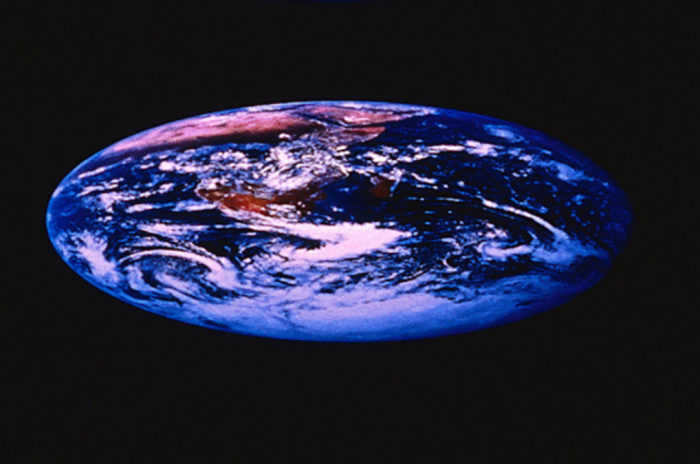
May 17, 2020 – Spaceman No comments
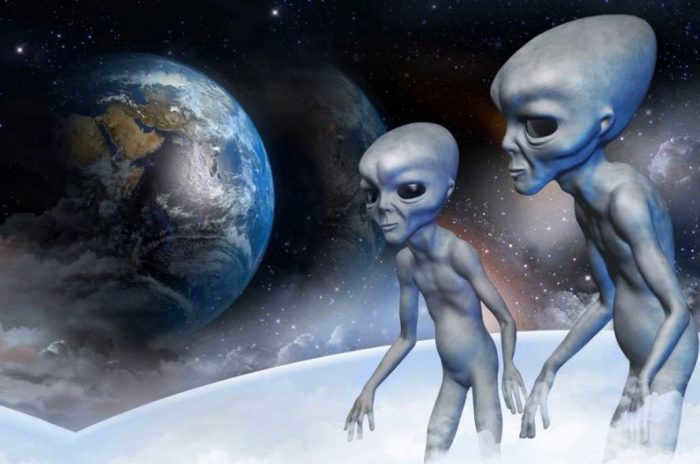
April 17, 2020 – Spaceman No comments
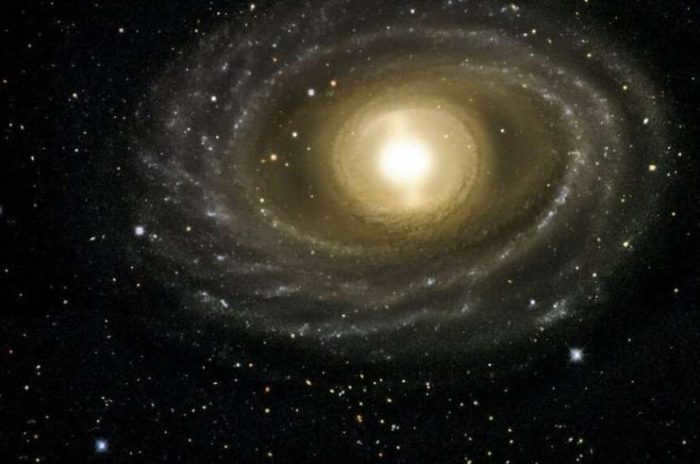
On August 14, 2020, there were no comments from Spaceman.
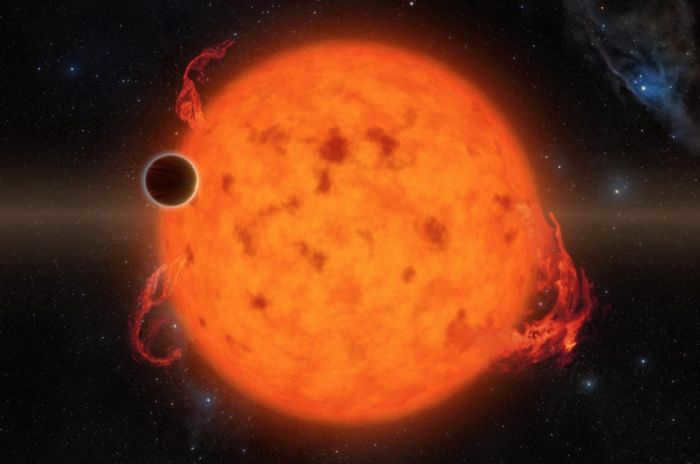
July 27, 2020 – Astronaut No comments
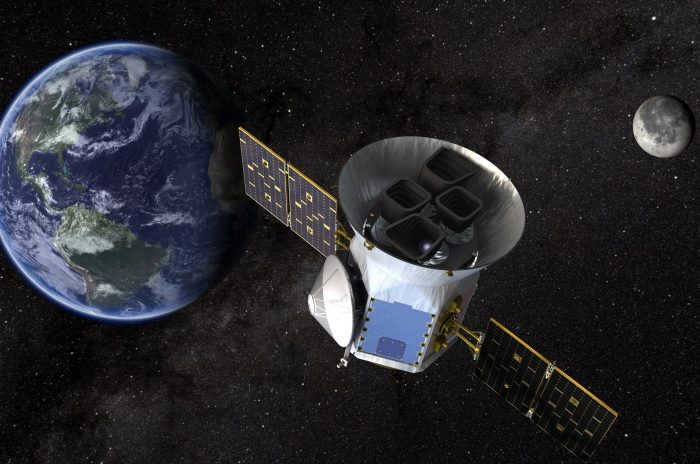
05.01.2020 – Spaceman No comments
Newest Comments:
- Victoria regarding the post Criteria for selecting a physics tutor
- Egor regarding the article Searching for dark matter will be assisted by radio
- Petya regarding the article Planet X beyond the Sun. Undiscovered Planet in the Solar System
- Svss regarding the article The birth of a new planet in the Taurus constellation
- Andrew regarding the article Civilizations from distant space. Contact
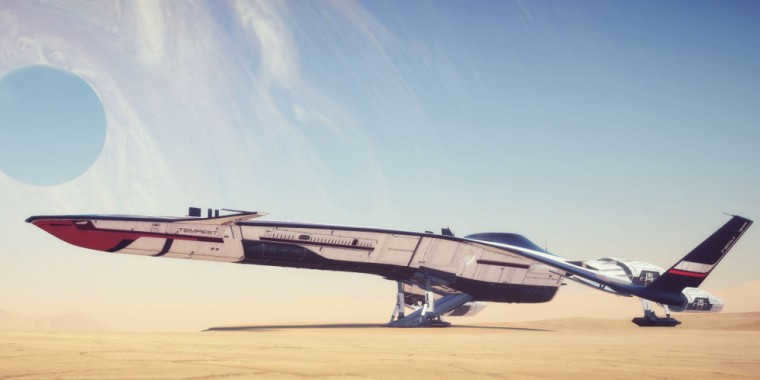
The “Contact Storm” is a spaceship designed for extensive space exploration in distant regions, led by the Pioneer. Its compact and effective construction enables it to operate with a small crew and minimal resources.
Constructed by the Andromeda Initiative, the Storm incorporates various formerly-patented technologies, such as the IES cloaking system initially developed by the Systems Alliance. These technologies were granted authorization on the condition that the Storm exclusively operates within the Andromeda galaxy.
The Storm’s propulsion system is a modified version of the Ark’s “ODIS” engines, which ensure sustained functionality by storing a percentage of static electricity in capacitors. This stored electricity powers multiple systems onboard the Storm.
In its capacity as a Pioneer ship, the Tempest is outfitted with cutting-edge research and development facilities, state-of-the-art laboratories, and a well-appointed meeting space designed to accommodate dignitaries in the event of potential first contact scenarios.
Hyperion
The Ark known as Hyperion functions as the primary vessel responsible for transporting human settlers destined for the Andromeda galaxy. Taking its name from the Greek mythological figure who possessed an understanding of the celestial luminaries’ movements, the Hyperion represents a groundbreaking achievement in the realm of intergalactic travel. Considerable financial and material resources were allocated to its construction, all of which were generously provided by Gien Garson and the Andromeda Initiative.
Created to endure the challenges of an almost 2.5 million light-year odyssey, the Hyperion is outfitted with ODIS propulsion, a cutting-edge technology that enables the vessel to traverse six centuries at FTL speed without any harm. The quantity of stasis capsules is sufficient to house roughly 20,000 pioneers and personnel.
The Ark Hyperion embarked on its journey from the Milky Way in 2185 under the leadership of Captain Nozomi Dunn as part of the inaugural batch of departures.
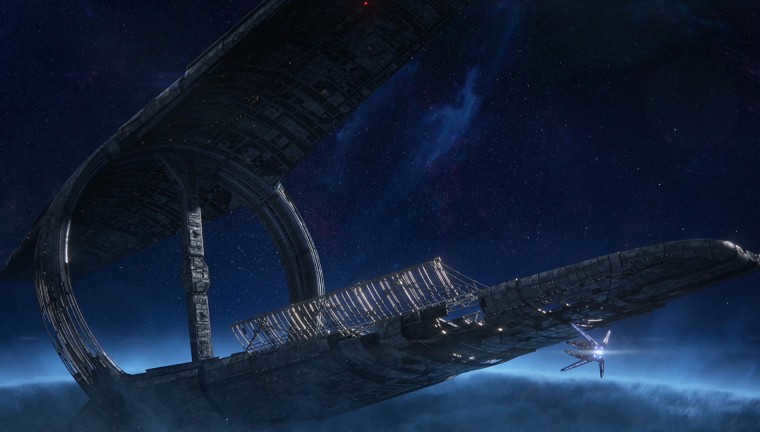
Nexus was intended to serve as a sanctuary, embassy, and financial hub, so it was dispatched ahead of the rest of the ark fleet. It arrived in Andromeda in an incomplete state (in order to conserve fuel), with a year to finish the construction. Analysis of the databases revealed that the damage caused by the scourge had significantly extended the deadline.
The returning arks dock onto the central ring of the Nexus, connect their energy systems to the overall system, and offload colonists for orientation and temporary assignment to outposts. The Nexus collects and distributes the resources that serve as the foundation of the Initiative’s economy, conducts research, participates in defense operations, and coordinates the endeavors of the Pioneers. Once the outposts are established, the Nexus will serve as the permanent headquarters of the Initiative government.
The Nexus Pioneer Headquarters serves as a recording and celebration hub for the accomplishments of the Initiative’s Pioneers. Additionally, it offers a space for relaxation and rejuvenation during leisure time. Typically closed to the general public, organized tours have been permitted by Director Tann following the rendezvous of the Hyperion Ark with the Nexus.
Within the headquarters, essential mission materials, mineral specimens, and planetary research data are stored. Once the initial settlement phase concludes, the headquarters will transition into an archive for historical records of the Pioneers’ efforts to colonize Eleia. In the meantime, Director Tann has established an office within the headquarters to oversee Pioneer operations.
Residence 7
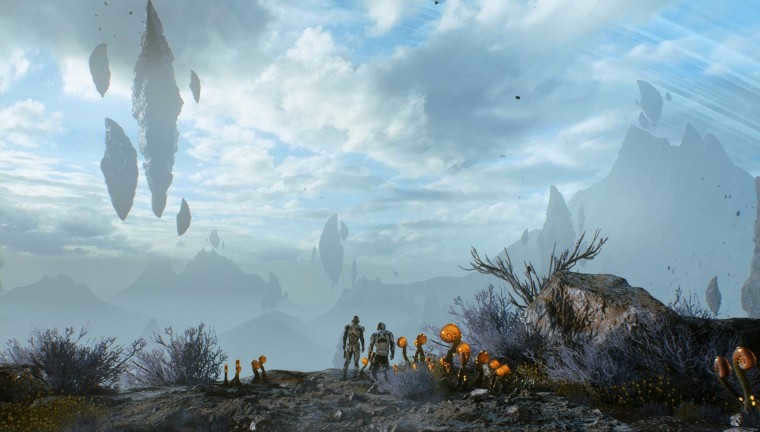
The celestial body referred to as Residence 7 was among the chosen exoplanets by the Andromeda Initiative for early colonization. All indications suggested a lush and diverse tropical world that could effortlessly sustain a settlement.
With no contact with the Nexus and other wanderers since their arrival in the Eleia cluster, the Hyperion vessel approached Residence-7 in order to commence the process of surveying and preparing the land for settlement as swiftly as possible. However, even initial visual evaluations revealed that the planet was no longer habitable. It has now become a storm-ravaged world with an argon and nitrogen-based atmosphere that is unfit for breathing. Linked to these tempests is a high level of magnetic activity, which is composed of unknown metallic elements, resulting in intriguing yet highly destructive electrical phenomena.
Eos is the sole major planet in the game that players can only access during a specific mission. Once the mission is complete, Eos will no longer be available for landing. Once players have achieved a 100% suitability rating for all the major planets in Eleia, Eos will be given a new name: Ryder-1.
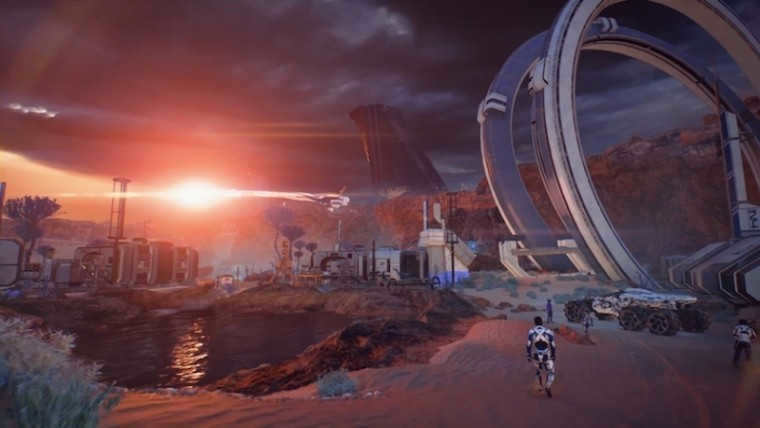
Eos was designated as Rider-1 and became the first planet selected to serve as a home for the Andromeda Initiative. This planet was named Jien Garson, after the Greek goddess of dawn, symbolizing the initiative’s optimism for a fresh start.
When the Nexus arrived, they discovered that the planet, which was initially thought to be dry but suitable for colonization, had been devastated by radioactive fallout from the scourge. The atmosphere of the planet is filled with storms that have spread radiation all over the continents, and powerful winds reaching speeds of 130 kilometers per hour are causing damage to equipment and shuttles.
Accounts from the Nexus reveal detailed reports of two separate endeavors to establish a colony on the planet. Unfortunately, both attempts ultimately resulted in failure and unacceptable losses. Furthermore, there is a notable presence of the Kett on Eos, who are currently engrossed in studying enigmatic signals emanating from the surface. As a result, access to Eos has been restricted to authorized Nexus personnel only, as the station leadership has deemed the planet uninhabitable.
The activation of a subterranean vault on Eos has had an immediate and profound impact. Through an unknown mechanism, radioactive particles are being extracted from the atmosphere, leading to significant temperature fluctuations. Consequently, the once powerful winds on Eos have subsided, and there are already signs of improved humidity levels on the planet.
The initial settlement known as Prodromos, established by the Pioneers in Wind Cove, is under the leadership of Mayor Augustus Bradley. Nexus distributes video recordings of the departing settlers and the current state of affairs on Eos across all communication platforms.
Aya
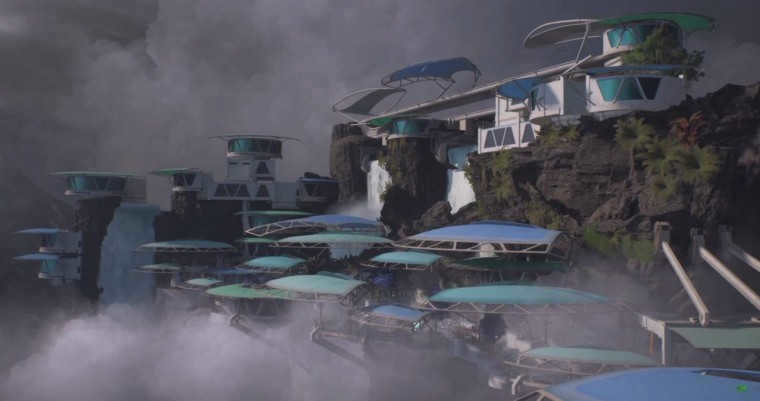
Aya is a unique planet in the Eleia cluster, maintaining its fertility and the functioning relic facility. It serves as a refuge for the Hangar, the solitary intelligent species in Eleia, and is fiercely protected from intruders. Aya benefits from its strategic location near Eleia’s black hole, which causes gravitational lensing and makes the planet less detectable. Additionally, the scourge’s effects pose significant risks for inexperienced pilots attempting to approach Aya. Scans have revealed numerous wrecks of Kettian ships in close proximity, which have been scavenged by the Hangar scavengers.
Aya is the main base for the Angarian resistance movement against the Kettians, led by Paaran Shieh, the planet’s governor. Director Tann has instructed that Aya be recognized not only as a sovereign territory, but also as a military force. While the Storm team has been granted permission to visit Aya peacefully, the Nexus advises other potential visitors to exercise extreme caution and to follow instructions provided upon arrival.
The Initiative and the Hangar have established friendly relations, and diplomatic communications continue. The Initiative has established an embassy on Aya with the approval of Paaran Shieh, and in turn, has invited Angarian diplomats and scientists to the Nexus. The Cultural Center has launched various programs aimed at fostering mutual understanding between the Milky Way and Angarian visitors.
Havarl
Havarl is a unique destination in the galaxy. Located in the Andromeda system, it is a planet rich in natural beauty and resources. The planet is known for its lush forests, vibrant flora, and diverse wildlife. Havarl is also home to a variety of indigenous species, including the angara, who have a deep spiritual connection to the planet.
Exploring Havarl can be a mesmerizing experience. The planet’s landscape is dotted with towering trees, sparkling waterfalls, and colorful flowers. The air is filled with the sweet scent of exotic plants and the sounds of chirping birds. It is a place where one can truly feel connected to nature.
However, Havarl is not just a paradise for nature lovers. The planet is also a rich source of valuable resources, such as minerals and rare plants. Many corporations and individuals seek to exploit these resources for profit, leading to conflicts with the angara, who are determined to protect their home.
Despite these challenges, Havarl remains a captivating and enchanting destination. Its unique blend of natural beauty, diverse wildlife, and spiritual significance make it a must-visit for anyone seeking a truly unforgettable experience. Whether you are a nature enthusiast, a scientist, or an adventurer, Havarl has something to offer for everyone.
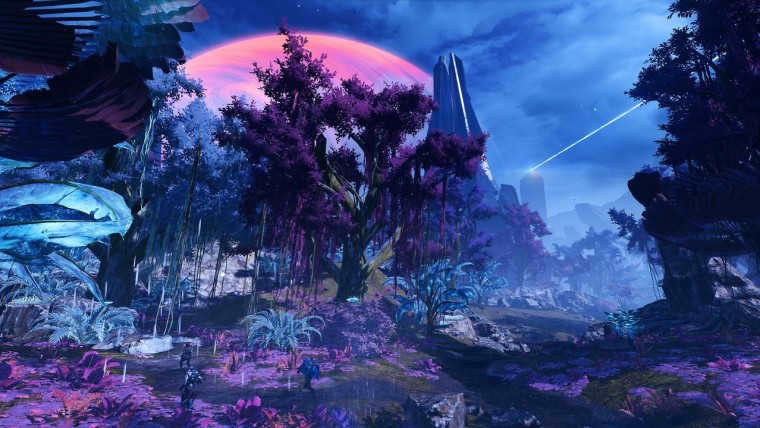
According to Jaal, Havarl is recognized as the ancient birthplace of the Hangar species. The remnants of Angar cities attract adventurers, bandits, and Angar individuals who defy the Kett and embark on a spiritual journey. In the past, the planet served as a base for the aggressive and xenophobic Roekaar faction.
The Andromeda Initiative’s long-range exploration revealed Havarl to be a lush planet with beautiful green jungles and abundant water sources. It became known as a “paradise world” and was designated as Dwelling-3.
Based on today’s observations, Havarl has undergone significant changes. The planet is now mostly covered in jungles, which have displayed peculiar growth patterns. Examination of samples reveals grotesque mutations and hormonal fluctuations in the jungle plants, rendering them not only highly resilient but also potentially hazardous if consumed. These findings indicate a substantial ecological shift in Havarl that necessitates further investigation.
Following the stabilization and proper activation of the relic repository, scientists from both the Hangar and the Nexus have noted a significant improvement in the plant life on Havarl. More aggressive and mutated species are declining in numbers, being replaced by soil enrichers and pollinators.
After a relatively brief period, Havarl is displaying signs of becoming a habitable garden world. In the meantime, Initiative scientists have teamed up with Angar staff to conduct further exploration of Havarl.
Looking at Dwelling-6 on Voeld from the Milky Way, it appeared to be a planet resembling a garden, with a temperature that was deemed acceptable. This information has been confirmed by historians from Hangar who have studied the region: Voeld used to be a densely populated and thriving province of Hangar.
However, the arrival of the Scourge altered Voeld’s orbit, which resulted in the onset of a new ice age, as demonstrated by Nexus modeling. As a consequence, the Angara were compelled to seek refuge in the cities, leaving only a small fraction of the population to endure freezing conditions in tiny settlements.
Voeld holds immense cultural and strategic significance to the Angaras, which is why it has also drawn the attention of the Ketts. Reports indicate that both sides have a significant presence of fighters on the planet. The resistance from Hangar is making efforts to safeguard the population of Voeld and the shelter located beneath the ice of the structure.
A successful establishment of a new Initiative outpost, Terve Uni, has taken place. Led by Priya Blake, the outpost aims to establish relations with the hangar on Voeld, which is gradually becoming more habitable. The outpost is responsible for supplying water ice to other planets and the Nexus.
Upon analyzing Suvi’s data from orbit, it has been discovered that the Voeld repository is unable to compensate for the change in orbit, resulting in a controlled melting of carbon dioxide in the permafrost. This gradual increase in temperature on the planet demonstrates the repository’s ability to deeply analyze the planet’s condition and respond accordingly.
H-047c
can be rephrased as “The planet H-047c.”
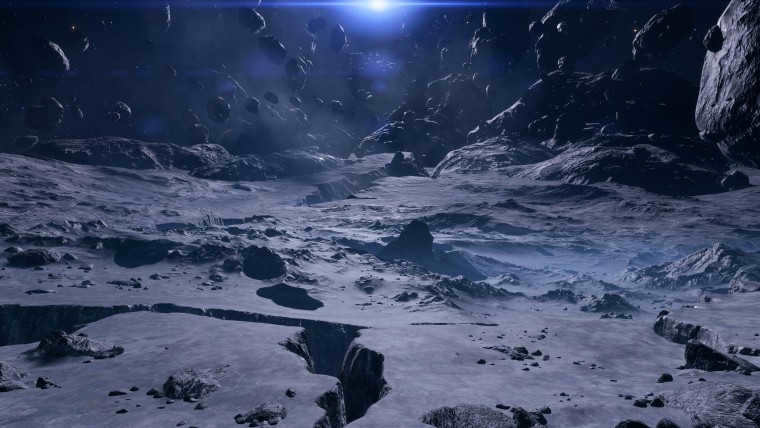
The representatives of the Turian race within the Andromeda Initiative have shown a particular interest in this small planet. After conducting research, it was theorized that H-047c was a highly suitable “golden world” for dextroprotein races like the Turians. As a result, it was designated as “Habitat 5”. The Turian Ark Natanus was directed towards H-047c to ensure a viable settlement location upon arrival.
Based on astronomical observations, it appears that H-047c experienced a barrage of debris caused by the scourge for the following centuries. The dark energy associated with this phenomenon caused the debris to accumulate enough mass to severely impact the planet, rendering it uninhabitable.
After the planet’s magnetic field underwent a substantial weakening and a significant portion of its atmosphere was lost, the remaining surface of H-047c became exposed to cosmic radiation. Consequently, the soil lost its capacity to support life, although it still possessed the potential to yield valuable helium-3.
Kadara
Kadara is a unique place that is worth exploring. This extraordinary destination offers visitors a wide range of activities and attractions to enjoy. Whether you’re interested in history, nature, or adventure, Kadara has something for everyone.
One of the highlights of Kadara is its rich history. The city has a fascinating past that can be seen in its ancient ruins and architectural wonders. From the majestic Kadara Palace to the intricately designed temples, there are plenty of historical sites to discover.
For nature enthusiasts, Kadara boasts breathtaking landscapes and diverse ecosystems. The city is surrounded by lush forests, towering mountains, and crystal-clear lakes. Visitors can embark on scenic hikes, go bird-watching, or simply relax and take in the stunning views.
Adventure seekers will also find plenty of thrilling activities in Kadara. The city offers exciting opportunities for rock climbing, mountain biking, and water sports. Whether you’re a beginner or an experienced adrenaline junkie, there’s an adventure waiting for you in Kadara.
In addition to its natural and historical attractions, Kadara is also known for its vibrant culture. The city is home to a diverse population, and its streets are filled with colorful markets, lively festivals, and delicious local cuisine. Visitors can immerse themselves in the local culture by sampling traditional dishes, shopping for unique souvenirs, or watching traditional performances.
Overall, Kadara is a truly unique destination that has something for everyone. Whether you’re interested in history, nature, adventure, or culture, this extraordinary city is sure to captivate and inspire you. So why wait? Start planning your trip to Kadara today and experience all that this amazing place has to offer.
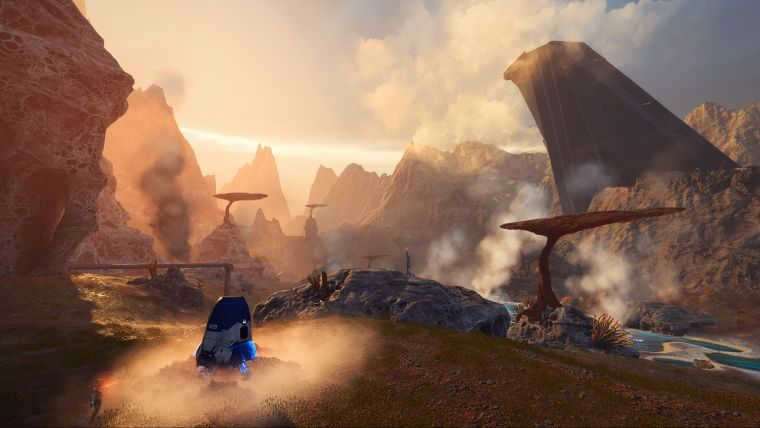
Kadara piqued the interest of the Andromeda Initiative following extensive long-range exploration. Its apparent abundance of water and oxygen-rich atmosphere positioned it as a prime candidate for colonization, earning its designation as Dwelling 4. However, upon closer range reconnaissance, it was discovered that the water in the springs on Kadara was contaminated and unsuitable for consumption.
An even greater cause for concern is the existence of a sizable settlement known as Port Kadara. Once a bustling trading port for the Hangar, it has since fallen under the control of exiles, pirates, and mercenaries who have transformed it into a hub for their operations. Due to its strong ties to the exiles, Port Kadara is viewed as a problematic entity on the Nexus, and personnel affiliated with the Initiative are strongly advised to steer clear of it.
Sloane Kelly, the Outlaw pirate gang’s leader, has successfully established a stronghold in Port Kadar and is determined to defend all outposts on the planet against other invading factions. Formally, the Nexus has yet to establish diplomatic relations with Kelly, but quietly, the APEX’s bounty on her has been rescinded.
Elaaden
Elaaden is a scorching and barren moon orbiting a gas giant. In the Initiative’s maps, it was named Dwelling-2 and was classified as a “paradise planet” because of its abundant mineral resources, despite its unwelcoming environment. The gravitational forces from the gas giant create eruptions of sodium silicate, spreading remarkably pure silica sand all over the surface of the planet, which is highly valued in the production of computer hardware.
Contrary to expectations, orbital scans have revealed that Elaaden is almost completely lacking in water, including even the absence of steam. This discovery makes any attempts to establish a long-term settlement on the planet hopeless. Those who choose to reside on Elaaden will constantly find themselves engaged in a desperate battle for survival. However, the resilient Krogan, who can thrive in environments that would quickly kill other organic beings, have managed to establish a colony on Elaaden and are fiercely fighting for their independence. Due to these circumstances, the Nexus strongly advises against visiting Elaaden if there are other options available.
Hello Tasira
Hello Tasira, a name that roughly translates to “place of ascension,” is a massive, city-sized structure located in the Civka system. After careful analysis of the available information, we now understand that the Archon’s extensive research led him to believe that this structure is Meridian, the central hub for the storage network of relics.
Perhaps this is why Hi Tasira is considered one of the most heavily guarded relic sites in Eleia. A significant portion of the Kett fleet is stationed here. APEX reports indicate that the Archon has even dispatched numerous Kett cryptologists and physicists to this location, in an effort to unravel the local enigmas, all while being protected by a battalion of ascended warriors. Therefore, approaching Hi Tasira is tantamount to invading one of the most formidable Kett strongholds in the entire Eleia cluster.
Meridian
According to the evidence discovered in the Aya Vault, it appears that the relic vaults scattered throughout the Eleia cluster are overseen by a central hub known as Meridian. When properly connected to Meridian, the vaults operate according to predetermined protocols, carrying out terraforming processes and ensuring the conditions necessary for sustaining life. However, when disconnected, the vaults either enter a standby state, as observed on Eos, or malfunction, potentially leading to catastrophic consequences for the planet, as seen on Dwelling-7.
This discovery underscores the immense significance of Meridian to both the relic repositories and the planets within the Eleia cluster. The entity that gains control over Meridian would, in theory, possess the ability to influence the functioning of the repositories, thereby exerting control over, or even causing the destruction of, entire planetary ecosystems.
The Archon followed the Archon’s information and arrived at a massive relic structure that he named Hi Tasira. He mistakenly believed it to be Meridian, although it was actually just a control center. According to the records in Hee Tasir, Meridian was actually discarded by its builders when they encountered the weapon that caused the scourge.
Meridian is a construction similar to a Dyson sphere, which is a large hollow shell that contains an energy source that provides heat and light to the beautiful green biomes inside. Based on the research of the Jarjaan records, it is reasonable to assume that Meridian served as their laboratory and world-seed, with connections to each vault and constant monitoring of the evolution of life after them. However, even with quantum processing speeds, it would take decades to analyze all of the accumulated data in Meridian.

